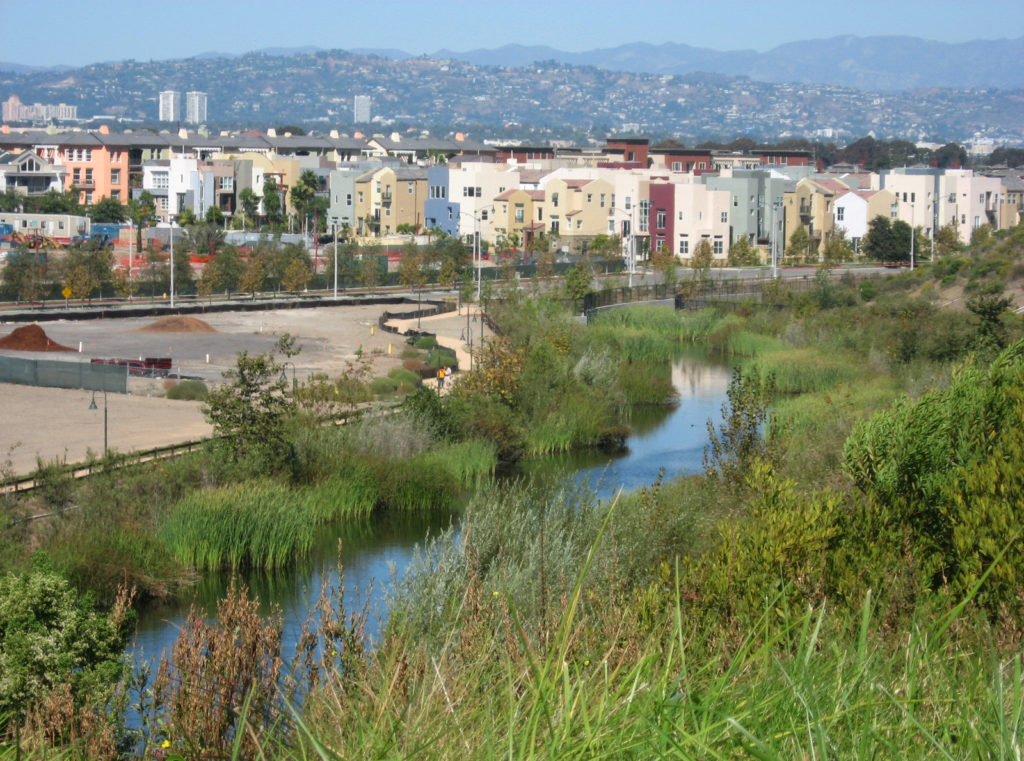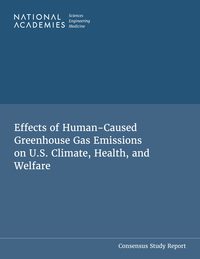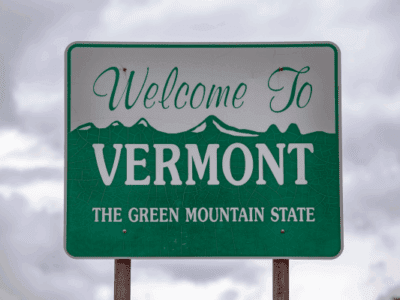What Does Trump’s “Waters of the U.S.” Rollback Mean for California?
It might not be what you’d think.
Last week, the Trump EPA announced its proposed rule to roll back the Obama administration’s 2015 “Waters of the United States” rule (“WOTUS Rule”). Early in his tenure, Trump had announced his intent to repeal and replace the WOTUS Rule, and the proposal is, as billed, an attempt to replace the existing WOTUS Rule with a regulation that significantly limits the types of water bodies that can be considered jurisdictional “waters of the United States” under the federal Clean Water Act. If the proposal is finalized, how will that affect us here in the Golden State?
First, a brief background. Following years of regulatory uncertainty regarding the nature of jurisdictional waters under the Clean Water Act, including U.S. Supreme Court decisions in Riverside Bayview Homes, SWANCC, and Rapanos that contributed to the confusion, the Obama administration sought to clarify the definition of “waters of the United States” through an agency rulemaking that expanded upon the Kennedy plurality opinion in Rapanos. There, Justice Kennedy had suggested that an otherwise non-navigable water may be considered a jurisdictional “water of the United States” if it bears a “significant nexus” to navigable waters, but did not offer much guidance as to when such a nexus may be said to exist. The Obama-era WOTUS Rule categorically deemed wetlands, ponds, lakes, oxbows, and other similar waters adjacent to jurisdictional waters to be “waters of the United States,” and said that non-adjacent waters could be considered “waters of the United States” if a case-by-case determination revealed a “significant nexus” to a jurisdictional water. The rule also enumerated factors for consideration in undertaking such a case-by-case determination. Upon its finalization, the WOTUS Rule found itself the subject of numerous lawsuits; following a 6th Circuit determination that federal district courts were the proper fora in which to challenge the rule, several lawsuits proceeded on parallel tracks. The end result is that the WOTUS Rule is enjoined from taking effect in roughly half of states.
The Trump administration’s proposed replacement rule, as expected, would curtail the definition of “waters of the United States” to track Justice Scalia’s more limited conception of jurisdictional waters as articulated in his plurality opinion in Rapanos. Excluded from the definition of “waters of the United States,” for example, would be “features that flow only in response to precipitation,” and, in contrast to the WOTUS Rule, which considered adjacency to mean waters within a 100-year floodplain less than 1500 feet from the ordinary high water mark of a jurisdictional water, “adjacent wetlands” would now be required to have hydrological surface connection to, or to touch at a point or side, a jurisdictional water. Many have pointed out that, especially in the arid West, limiting the definition of jurisdictional waters in this way means the loss of protections for water systems that are critically important to species survival, and which flow only seasonally as a result of precipitation events.
Much of California has just such an arid climate. But in imposing these limitations, the proposal, time and again, references the role of states in managing waters within their boundaries, saying the proposed rule “would carry out Congress’ overall objective to restore and maintain the integrity of the nation’s waters in a manner that preserves the traditional sovereignty of States over their own land and water resources.” So what is the upshot for water resources here in California?
It might not be what you’d think. Following the SWANCC decision, California’s State Water Resources Control Board (“State Board”) began taking steps to further define its jurisdiction, under California law, over the kinds of isolated, non-navigable waters that the SWANCC Court had determined not to be jurisdictional under the Clean Water Act. This led to the development of a comprehensive state regulatory program for wetlands and other “waters of the state,” culminating in the publication of the State Board’s proposed Dredge and Fill Procedures (the “Policy”) in July of 2017. Over the past year, the State Board has been undertaking the process of finalizing the Policy, which is expected to be adopted in early 2019.
The Policy would regulate addition of dredged and fill material to “waters of the state,” and contains three main components:
- A definition of “wetlands,” which covers both wetlands and other “waters of the state,” for purposes of administration of the Policy;
- Permit-issuance standards, including mitigation and avoidance requirements; and
- Procedures for permit review.
While the Policy does not alter the existing definition of “waters of the state” under California’s Porter-Cologne Act, it does include a more expansive definition of “wetland” that would encompass many of the waters now excluded from the definition of “waters of the United States” under the proposed Trump WOTUS Rule rollback. Fill of either a “wetland” or a “water of the state” would require a permit pursuant to the Policy, meaning that California would retain jurisdiction to regulate even where the federal government could not. And where a water falls within the ambit of the Policy’s “wetland” definition, the burden rests on the permit applicant to demonstrate that the water is not actually jurisdictional under the Policy.
While there are some exclusions under the Policy—for example, artificial wetlands under an acre in size if they are used for certain kinds of industrial, agricultural, and other activities are not considered “wetlands,” and activities that are exempt from regulation under Section 404(f) of the federal Clean Water Act, like normal farming activities, would not require a permit—the Policy would provide far more expansive jurisdiction for the State than does the Trump administration’s proposed rule. The administration has touted states’ rights as a driving factor behind its proposal, but at least in California, that may not produce the result the administration was aiming for.
Reader Comments
One Reply to “What Does Trump’s “Waters of the U.S.” Rollback Mean for California?”
Comments are closed.







How does this proposed federal administrative (ital mine) action affect, if at all, navigable waters or WOTUS under the Equal Footing doctrine? Thank you.